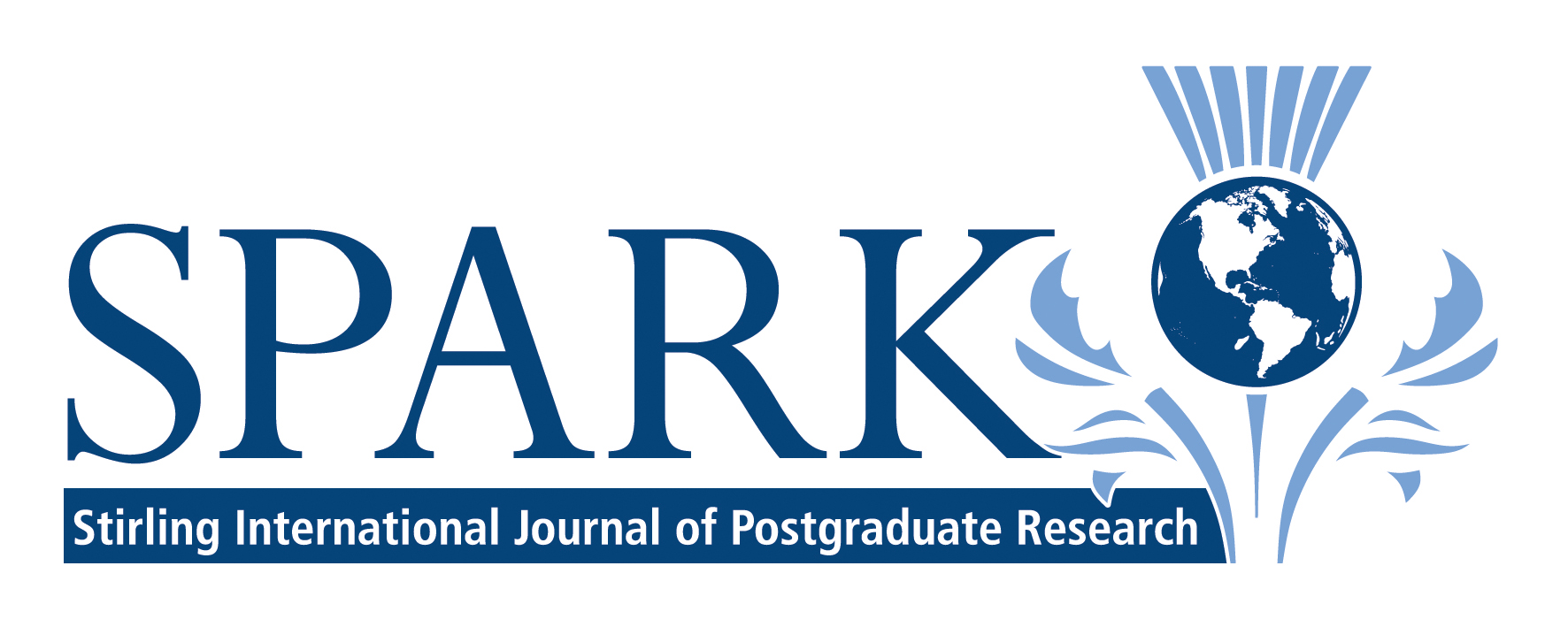Shock-absorbing? Development of the Informal Sector in Tanzania: Challenges and Prospects
Simon J. Maziku, University of StirlingAbstract
This paper addresses the development of the informal sector in the context of economic, institutional, and legal challenges in Tanzania. Secondary data from studies covering 1991-2015 period in over 160 countries; and Tanzania government survey reports, and employment policies was re-analysed. The findings show global expansion of the informal sector from 17 percent of GDP in 2012 to 32 percent in 2018. Tanzania has an average of 55 percent informal sector, the second highest in Sub-Saharan Africa behind Zimbabwe and the highest in East Africa. Tanzania labour force survey of 2014 reported 31 to 43 percent informal sector GDP contribution. While the variations reveal complexity of the informal sector, the sector provides employment to the surplus labour force. However, unemployment remains a policy concern and the 1997 and 2008 employment policies have not created adequate capacity of the formal sector to absorb excess labour force. Hence, the informal sector has been acknowledged as a shock-absorber of 800,000 new entrants into the labour market annually. Two schools of thought underpin the informal sector, the dual model and neo-Marxist theory attributing to exploitation, while the institutional and legal frameworks highlight accumulation for the development of the informal sector.
Want to get involved?
Shock-absorbing? Development of the Informal Sector in Tanzania: Challenges and Prospects
Simon J. Maziku, University of Stirling
